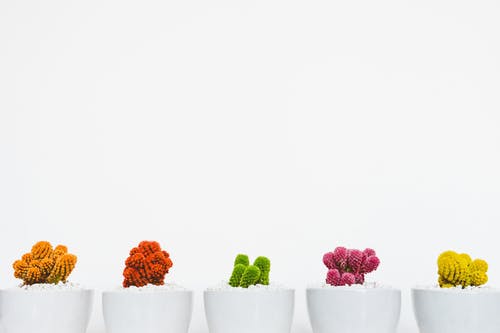Edible landscaping is an emerging term for the innovative practice of incorporating edible plants in ornamental landscape designs. It is often described as an innovation between traditional landscaping and organic gardening. Basically, edible landscaping involves using plants that grow on your own property, whether for consumption or for selling, and adding certain flavour to the plant through various methods of cultivation. This type of landscaping can be used almost anywhere, as its practicability transcends borders. Edible landscaping encompasses a diverse range of activities, from planting perennials or annuals, to using plants to create unique water features, or incorporating wildlife and natural features to your landscape design. The following article will detail the common edible landscaping plants and how they are used.
Emblica ribes, also known as Bean Sprouts, are small bulbous plant normally kept on the stem by a series of underground tubes. They can be eaten raw or cooked, but more commonly they are used for their seeds, which are used in casseroles and stir-fry dishes. This plant can be found growing naturally in most parts of South America, but due to its rapid growth cycle, it is most frequently shipped in bales or bags. These packets are then sold in supermarkets and online retailers for a premium price.
Cascara Sagrada, or “Sagrada Coffee” as it is popularly known in the United States, is a deciduous vine whose leaves reach up to six feet long. The plant flowers in May and June, and the flowers produce the prized coffee bean. The coffee beans themselves have very little taste, but are used as a coffee substitute, or in making hot chocolate and cappuccino. Cascara Sagrada grows best in damp soil with lots of aeration and is ideal for an ever-expanding garden as it spreads quickly and spreads well.
Anise Hothouse is an interesting succulent that can be used both as an ornamental and edible landscaping plant. It has gray-green leaves with a red stem, and blooms in May through August. The Anise herb thrives best in full sunlight and has little need for fertilizer, though it will grow just as well in shade or well-drained areas. Anise hyssop is another common ornamental plant often used in edible landscaping; it is small, dark green, and fast growing, producing small, dark green berries that are edible when cooked.
Blue bells, or “wild thyme,” are a deciduous perennial with a spicy edge and fleshy roots. The flowers bloom in May and June and are available in a variety of colors, ranging from pinkish to blue. The blue flowers can be arranged in bunches, tied with strings, or left on a plant until the flowers bloom again in fall. Blue bells are good for using in flower gardens, as they have a tart taste, and they are also easy to identify and harvest. Blue bells do not grow very large, but because of their distinctive blooming shape, they are excellent for edible landscaping.
Cucumbers, tomatoes, peppers, herbs, and spinach are all excellent for edible landscaping. You can even use strawberries in your flower garden, since they look like tiny roses. Many people are beginning to plant herbs in their flower gardens. A number of the most popular herbs for edible landscaping are chives, tarragon, oregano, basil, sage, marjoram, and oregano. Herbs such as mint, Rosemary, and basil are ideal for creating a garden full of aromas.
